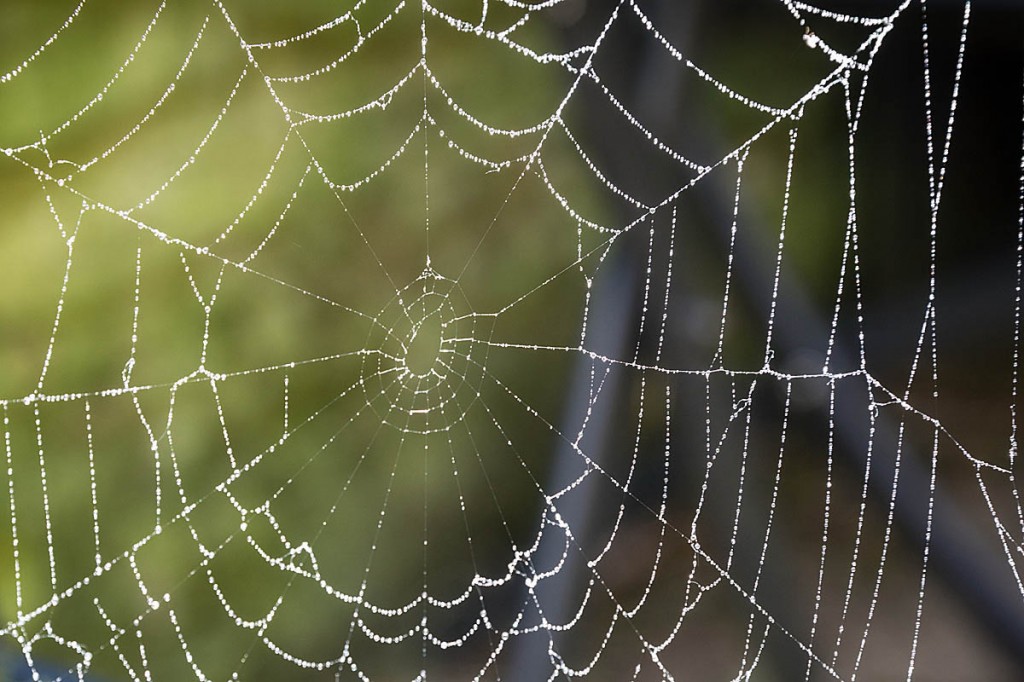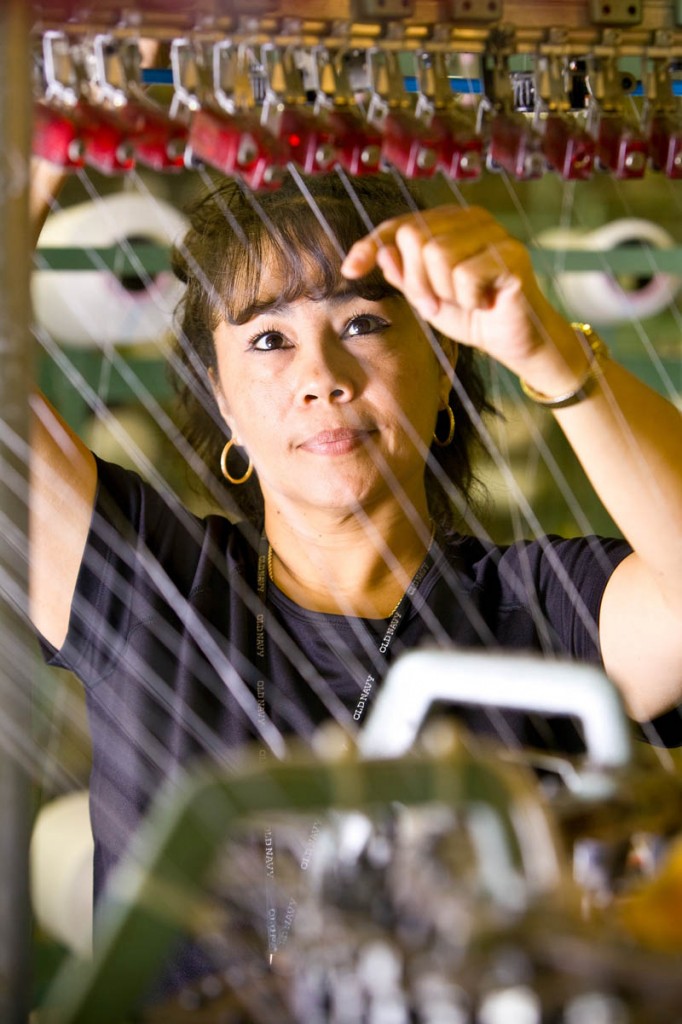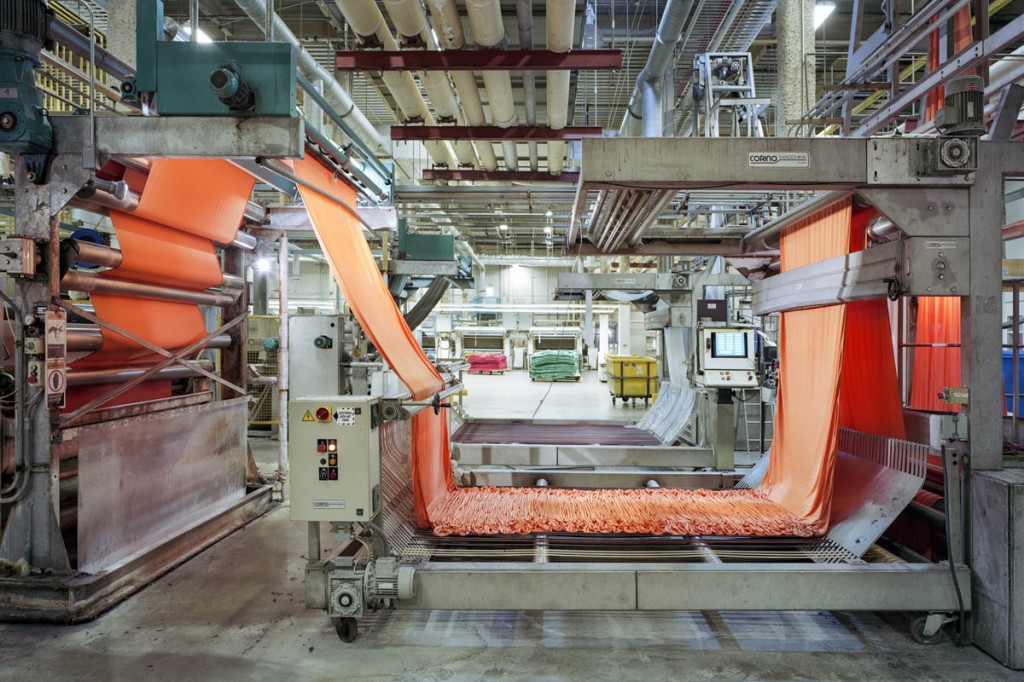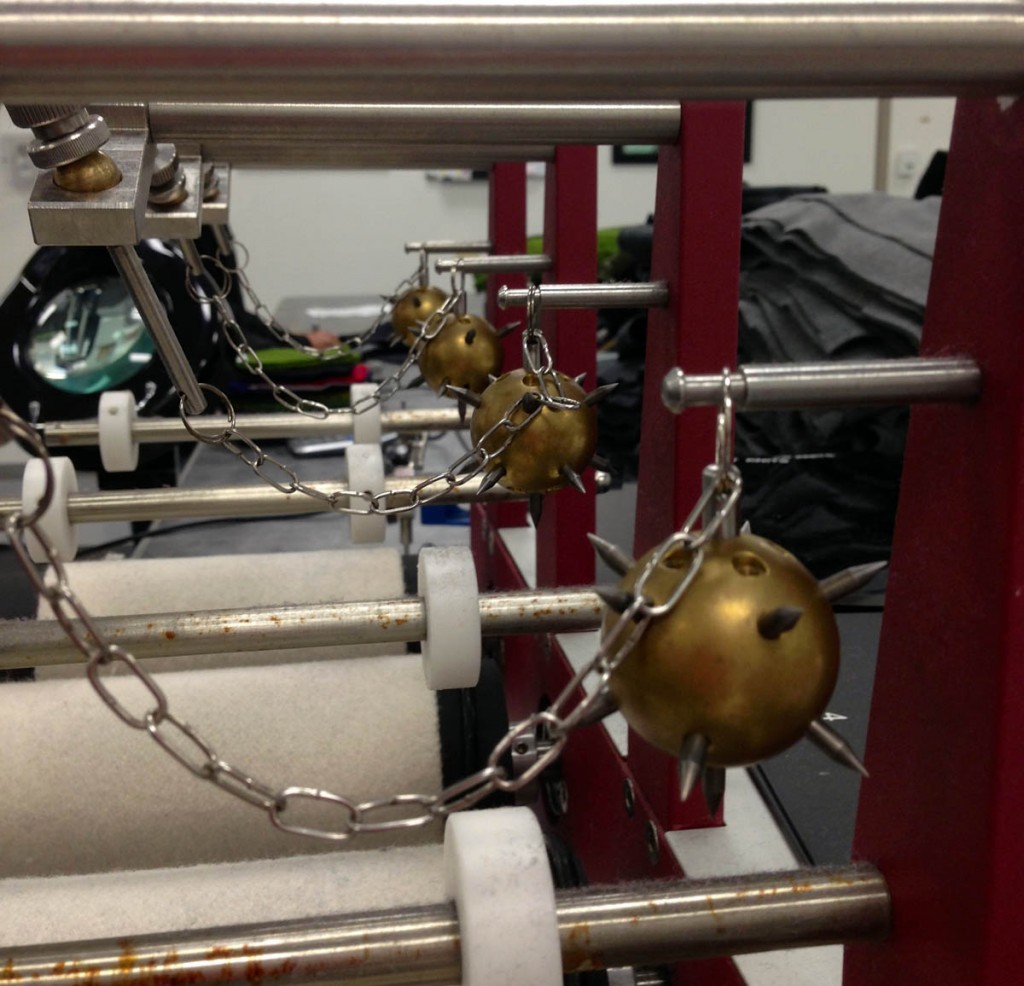Arachnophobia is one of Britain’s most common phobias, with one recent survey suggesting 18 per cent of us shudder at the thought of an eight-legged visitor. A fear of spiders can leave our pulses racing, bring us out in a sweat and even lead to panic attacks. But could we convince Britain’s arachnophobes to wear spider silk?
Silk is considered one of the most coveted fabrics in the world. Generally harvested from silk moths its shimmering appearance comes from the triangular prism-like structure of the silk fibre which refracts light at different angles, producing different colours. But much of its luxurious reputation comes from how delicate it is. Making it expensive and often difficult to care for.
Sponsored feature
This story has influenced the partnership of two companies, biotechnologists Kraig Laboratories and Polartec fabrics, who are bypassing any of their own arachnophobia to innovate in the silk arena.
Spider silk’s USP is how incredibly tough it is. The strength, resilience and flexibility of a spider’s web holds huge promise for the fabric and clothing industry. In fact, spider silk strength is comparable to that of high-grade alloy steel, a strength that can survive extreme temperatures, yet remains remarkably lightweight. Making it the obvious choice for military grade fabrics due to its protective capabilities.
But the first hurdle for scientists is the fact that spiders are cannibalistic (if you weren’t arachnophobic at the start of this article, you might be now!) This means they cannot be raised in concentrated colonies to produce silk. The second hurdle was the expense behind trying to replicate spider silk proteins to then form silk fibres with the same characteristics. And the third was trying to do this in a cost-effective way to ensure the final result would be affordable to the average consumer.
So how did Kraig Biocraft overcome all three hurdles? Firstly, through acquiring exclusive rights to use ‘patented genetic sequences for numerous fundamental spider silk proteins’. Working collaboratively with leading universities who have developed some of the most relevant genetic engineering technologies their innovations were then applied to an organism that’s already one of the most efficient commercial producers of silk: the silkworm.
Did you know, 40 per cent of the caterpillar’s weight is devoted to silk glands; producing large volumes of a protein called Fibroin which is then spun into a composite protein thread – or silk. Kraig Laboratory’s intellectual property portfolio allows them exclusive rights to use patented spider silk gene sequences in silkworms, thereby combining the characteristics of spider silk with the efficiencies of silkworms.
Polartec has described this scalable, responsible and cost-effective production of spider silk as a ‘holy grail’ of material science. “Teaming with an industry leader such as Polartec is a real endorsement of our proprietary approach to unlocking the potential of commercially produced spider silk,” says Kim Thompson, Kraig Laboratories founder and CEO. “Kraig believes that spider silk, with its superior mechanical characteristics, has the potential to surpass the current generation of high-performance fibres.”
The relationship between Polartec and Kraig Laboratories began in 2016. Although we won’t see spider silk fibres on the high street for a while, their first deployment will be the production of military-grade textiles, something which Polartec has years of experience with thanks to their Alpha insulation fabric which was also initially invented for the US Special Forces but is now used as a highly breathable ‘active insulation’ for cycling, running and trekking clothing.
Kraig believes that the global market demand for technical fibres is growing and products like spider silk are becoming essential for industrial and consumer applications. Justifiably referring to them as ‘super fibres’. Their first innovations have been fetchingly termed Dragon Silk and Monster Silk. With a third in the process known as Spider Pillar which holds the most hope for the technical textiles market.
“This project combines two of our most important innovation missions: providing best-in-class textiles to our nation’s military personnel, and our investment in a fully biodegradable product line,” says Polartec CEO Gary Smith. “Our partnership with Kraig has the potential to be as revolutionary as when we created the first performance fabrics made from post-consumer recycled plastics in 1993.”



